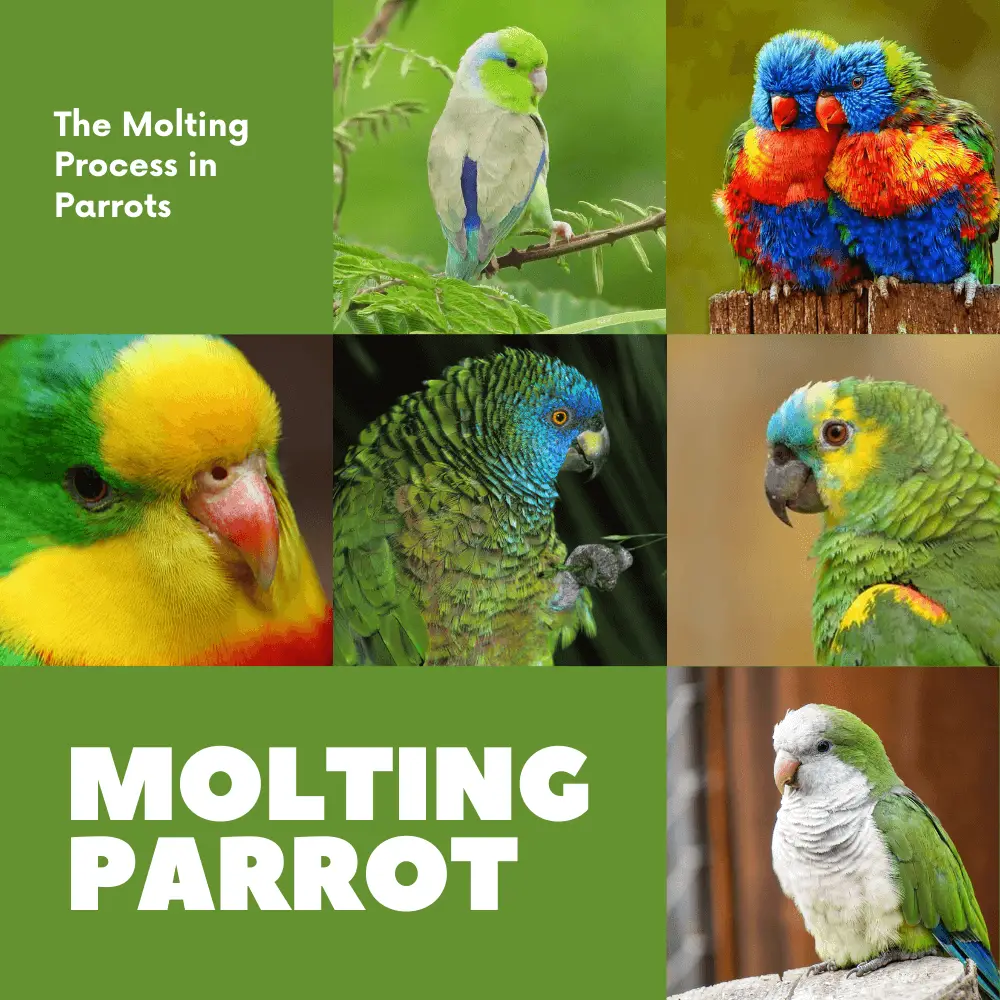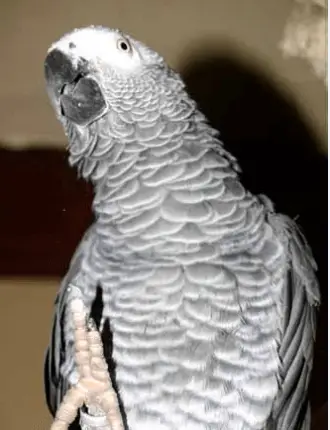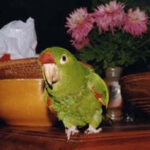
Parrots body language: These birds communicate with each other in very complex ways. They express among other things, their emotions by vocalizations as well as by attitudes, postures, or movements of the plumage, inherent to their species and which for them are unequivocal.
By using precise and choreographed gestures, the parrot announces that it is happy, angry, scared, upset, tired, sick, in love, hugged, etc.
Unfortunately, often this language is not understood or, often, simply ignored by the uninformed human. In parrots, vocalizations aside, body language is the most common and effective way to make oneself understood by peers and appears to be universally prevalent.
Thus, the African gray will very quickly grasp the meaning of the threatening attitudes of an irritated cockatoo. It is innate for a parrot to communicate with facial expressions and gestures.
The best way to try to decode some fragments of your bird’s emotional states is still to look at him, to consider him for a long time with a great open-mindedness, and to let himself be permeated by him.
Do not forget that each individual has his own personality, some will be really “Corpo-motors” while others will show more impressive phlegm than that of an English aristocrat.
A universal code for all parrots?

aggressive parrot body language
Unfortunately, no… It would be too good! But, by the coincidence of good fortune, there are still certain codes more widespread in parrots, even of different species. We will therefore do here a very small ( really very mini ) tour of the attitudes most common to most species.
The pupil dilates
Usually when the Parrot speaks, is excited, shows pleasure; a subject or a situation holds his attention or fascinates him; he is nervous or irritated during intimidating expressions while planning an attack. No matter what the situation, pupil dilation is always a sign of intense stimulation.
Read More information about: Which parrot can talk

Amazon parrot body language
Wagging the tail
Pleasure. A parrot happy to see its human or other bird often greets it with a quivering, bouncy tail wag and then puffing up the feathers of its body. He will do the same in happy situations and anticipations or when interacting with you. There is something joyful in the air; the bird is enthusiastic and demonstrates it.
Parakeet body language

Shake your body
The joy, the rapture. You walk into the room, and you finally appear in your bird’s field of vision, he suddenly feels a spasm throughout his being and shakes the feathers of his head and body much like a dog does. shakes itself when wet. This spasm lasts at most one or two seconds … Blessed mortal that you are … you are loved!

Parrots body language
Perched, one foot raised
Happiness, tranquility, and security. I am happy and at home, relaxed and very poorly positioned to flee in the face of danger. I feel safe.
This is the normal position of the quiet bird when perching for relaxation or for sleeping.
Take me on you
Want privacy or caresses.
- The bird stands in front of you and stares at you: “I’m ready to get caught.”
- Same position with forwarding / backward movements: “Youhou !!! I’m telling you I’m ready to get caught.”
- Same movement while raising a paw: “But are you blind or what? TAKE ME on you now!”
Regurgitation
Affection, sexual display. The bird is “in love” and seeks to feed its companion which can be another parrot or a human pet. Regurgitation is often initiated by the presence of the loved one, even if there is no physical contact.
The sight of her passion alone is enough to trigger the process. The bird makes back and forth movements with the head, up and down so as to bring the food contained in its crop back to its beak, then when the hot and predigested food arrives at its destination, it offers it. quite naturally to the object of his desire.
Parrots body language

Neck extended
Anxiety or manifestation of curiosity. At this point, the parrot tries to make itself as big as possible to see what is going on. His wings are completely glued to his body and he looks very thin, all stretched out.
Parrot Body Language 101
Annoyance and irritation
Most parrots bristle their feathers when angry or upset, especially the feathers on the neck and upper back. This is a very serious warning: “Get out of my bubble!” This is usually not a “bluff”.
This movement is similar to that of the dog which ruffles its hair when it gets into an attack or defense position. The bird has a very stretched neck and a dry beak clicking ( tic ) is heard.
This behavior indicates a strong annoyance or the protection of its interindividual space. One more step on your part would be… very daring!
parrot body language pictures

Defense and confrontation
This attitude is especially encountered in parrots who are unable to flee, whose flight feathers have been pruned, and who feel threatened.
The body is rigid, the arms clearly visible, and the legs are slightly apart to give yourself a better grip on the pole. Or, the bird wants to be as impressive as possible: the feathers of the body are swollen, particularly in the region of the neck and the upper back, the bird displays by spreading its wings and giving “pecks”. in the void.
Here, the parrot defends its life and in its head, it is the ultimate fight that will make the difference between survival and the death sentence!
In the heat of the moment, the parrot may charge the object squarely with its displeasure, some species will stretch one paw forward ( as if to grip you ), and others will roll onto its back with their paws pulled out.
before to be well prepared to catch the opponent in its clutches. The spout is open, ready to sink into anything that moves. Do not take your eyes off him; the parrot always fixes intensely the place where it wants to strike.
On the other hand, if your bird does this with you, please review your approach; this parrot fears you to the point of dreading its life!
This is a nice little overview of the emotional attitudes of your birds. Learning to recognize and interpret the language of parrots, whether visual or auditory, turns out to be a constantly renewed process.
Now all you have to do is compose the personal repertoire of your parrot’s gestures based on your own observations and observations by simply taking as a starting point this small very general collection of meaningful behaviors.
Be observers!
Read More:The body language of African Grey parrot



















